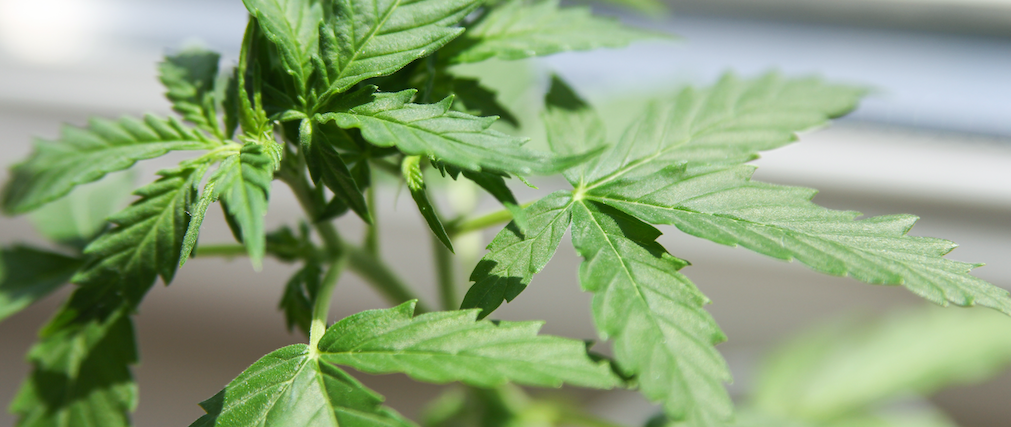11.21.2025
Sausage casings bulletin, November 21, 2025

...

Today is Earth Day, and leaders of forty nations have gathered virtually for a US hosted climate summit. Biden has announced ambitious goals for carbon neutrality and has sought to ensure global leaders that the US is committed to emissions reductions, or schemes to offset current emissions. Much of the discussion remains vague. Climate change funding for specific solutions is couched among the pricey infrastructure bill being debated, as the administration seeks to incorporate climate change policy into all aspects of government.
Agriculture is one of the major pieces being discussed, but we have yet to see any specific proposals for voluntary carbon banks. The hemp industry can certainly seek to monetize carbon sequestration over time and is emerging as a ‘new’ crop at a time when industry and government are seeking solutions. This is fortuitous timing for hemp operators, who may present any number of win-wins to solve issues related to soil and water contamination in the near term.
Research is where hemp is so well positioned, and the crop needs persistent research to move it to more of a sustainable production model. Research on crop rotations can benefit US farmers and could be part of a carbon trading scheme. The Canadian broadacre model emerging there will yield valuable data on the practicality of growing hempseed crops and monetizing the residuals for fiber and cannabinoid markets.
There is considerable waste created in cannabinoid extraction currently, with few constructive options for operators to turn to for their spent biomass. Efforts to find markets for hemp derivatives are well aligned with USDA Secretary Vilsack’s initiatives to monetize waste streams in agriculture.
US corporations large and small will contribute innovation as well. Many never abandoned their sustainability initiatives and have recently dusted them off, freshening them with some diversity and inclusion efforts. While these are largely marketing statement, these initiatives can have meaningful impacts on both climate and disenfranchised communities. Corporations are generally well ahead of politicians in identifying trends, and this activity will be key to increasing demand for hemp derivatives.
Climate change has historically been sort of distant and conceptual for much of the electorate, but last year’s – and previous year’s – wildfires have made the reality far more visceral for heavily populated areas. This will also contribute momentum to federal policy development. We expect states like Colorado and California to mirror federal climate action or lead the way in some instances. This is more opportunity for hemp producers at the state level, where they can leverage local or regional funding and programming to advance the hemp industry.